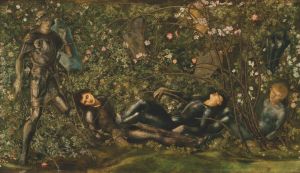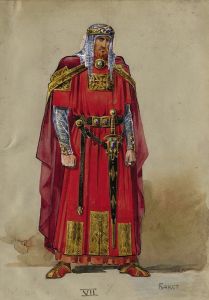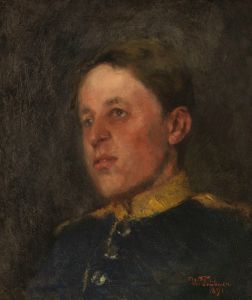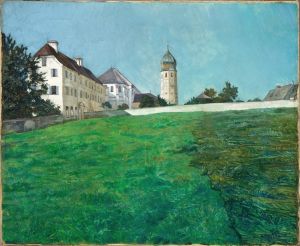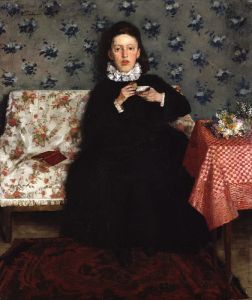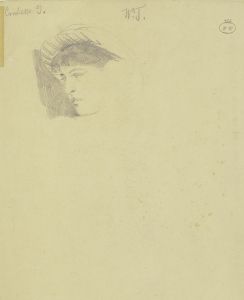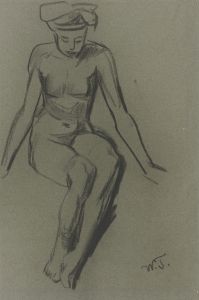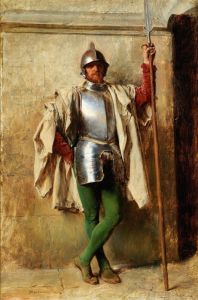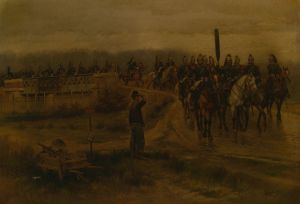
Fürst, die Front seiner Truppen abschreitend
A hand-painted replica of Wilhelm Trübner’s masterpiece Fürst, die Front seiner Truppen abschreitend, meticulously crafted by professional artists to capture the true essence of the original. Each piece is created with museum-quality canvas and rare mineral pigments, carefully painted by experienced artists with delicate brushstrokes and rich, layered colors to perfectly recreate the texture of the original artwork. Unlike machine-printed reproductions, this hand-painted version brings the painting to life, infused with the artist’s emotions and skill in every stroke. Whether for personal collection or home decoration, it instantly elevates the artistic atmosphere of any space.
Wilhelm Trübner (1851-1917) was a prominent German painter associated with the Realist movement. His work is characterized by a meticulous attention to detail and a strong emphasis on the realistic depiction of his subjects. One of his notable works is "Fürst, die Front seiner Truppen abschreitend," which translates to "Prince Inspecting the Front of His Troops."
This painting, created in 1878, is a significant example of Trübner's skill in capturing military themes, which were a popular subject in 19th-century European art. The artwork depicts a prince or high-ranking military officer inspecting his troops, a scene that reflects the military culture and hierarchical structures of the time. The composition is carefully arranged to convey the formality and discipline of the military inspection.
Trübner's use of light and shadow in this painting is particularly noteworthy. He employs a naturalistic approach to lighting, which enhances the three-dimensionality of the figures and the depth of the scene. The attention to detail in the uniforms and the expressions of the soldiers adds to the realism and authenticity of the depiction.
The painting is also significant for its historical context. During the late 19th century, Germany was undergoing significant political and military changes, particularly following the unification of the German states under Prussian leadership in 1871. The depiction of a military inspection by a prince can be seen as a reflection of the growing importance of military power and the role of the monarchy in the newly unified German Empire.
Trübner was influenced by the works of earlier Realist painters, such as Gustave Courbet, and his approach to painting was also shaped by his studies at the Academy of Fine Arts in Karlsruhe and his interactions with other contemporary artists. His commitment to realism and his ability to capture the essence of his subjects made him a respected figure in the German art scene.
"Fürst, die Front seiner Truppen abschreitend" is housed in the Städtische Galerie im Lenbachhaus in Munich, which holds a significant collection of Trübner's works. The painting remains an important piece for understanding the development of German Realism and the ways in which artists of the period engaged with contemporary social and political themes.
In summary, Wilhelm Trübner's "Fürst, die Front seiner Truppen abschreitend" is a notable example of 19th-century German Realist painting. It captures a moment of military inspection with great attention to detail and historical context, reflecting the artist's skill and the cultural milieu of the time.





